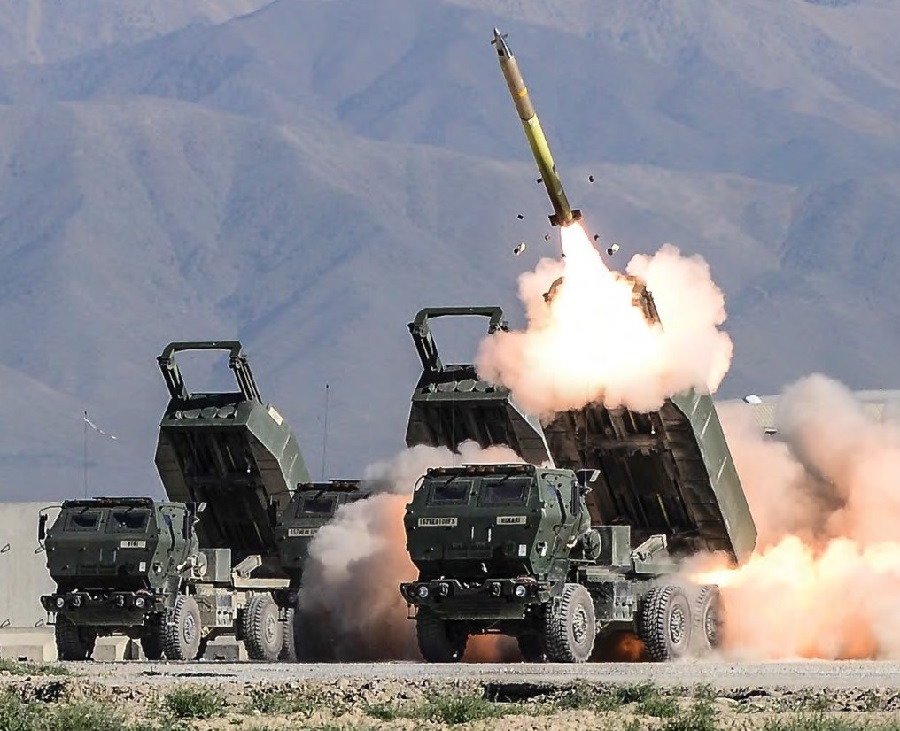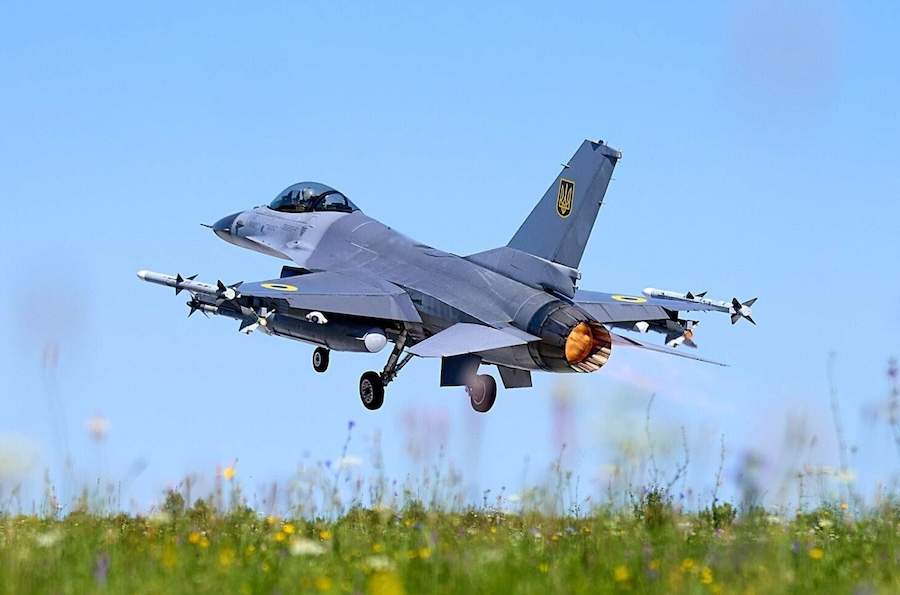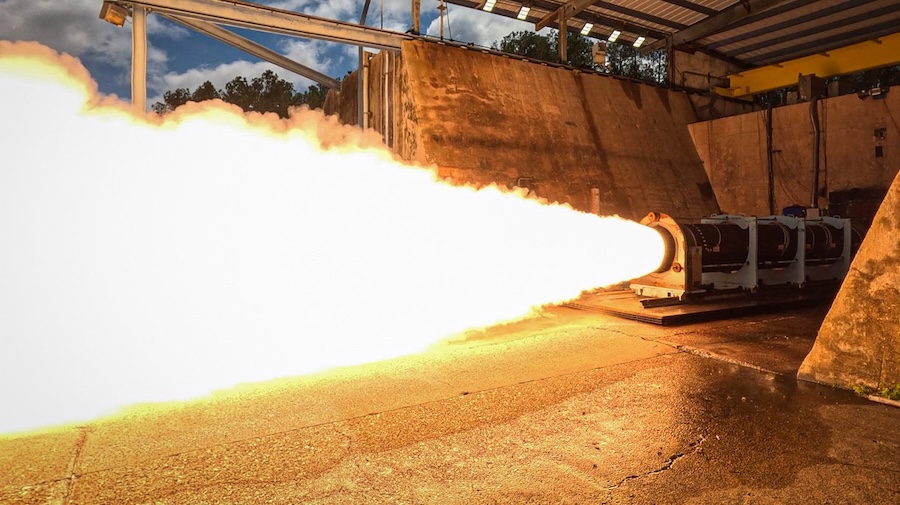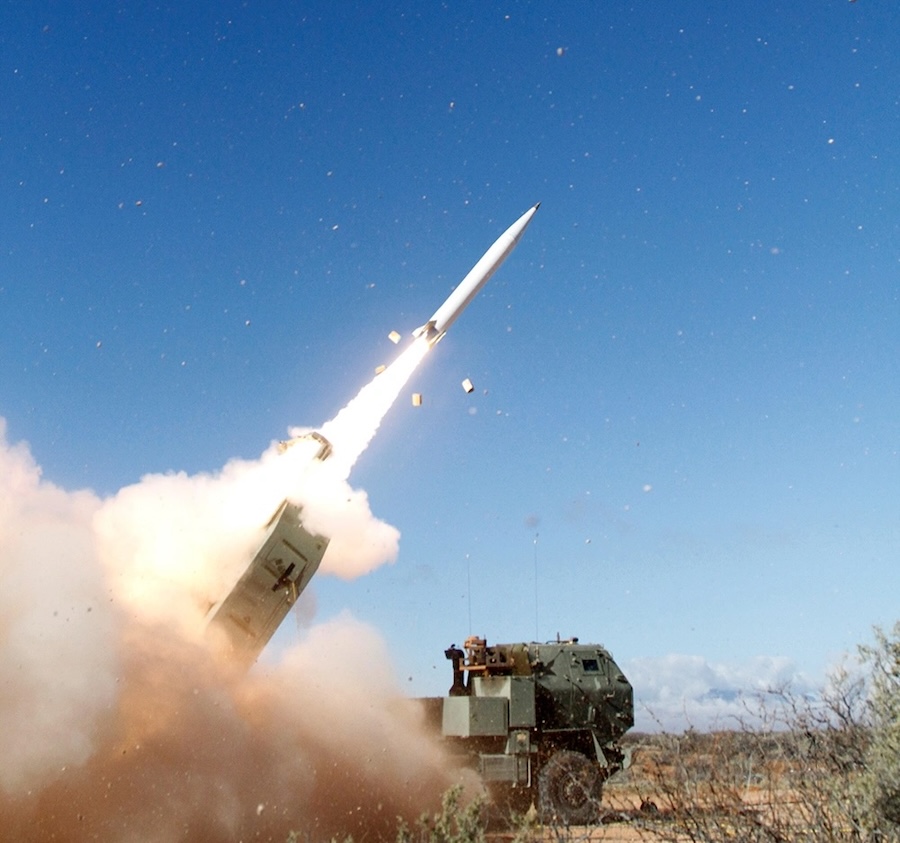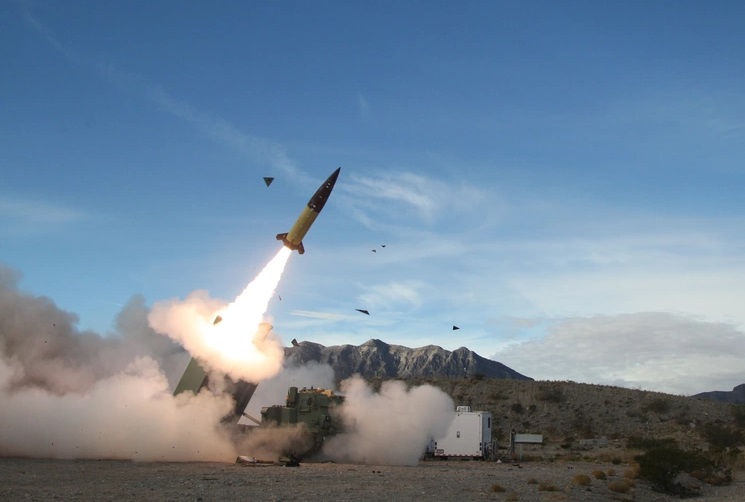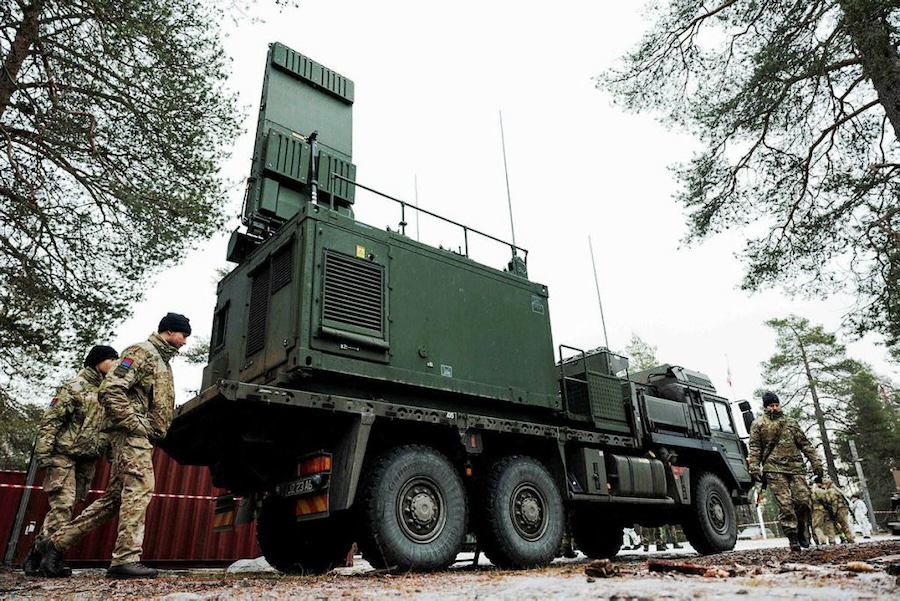According to a budget document obtained by the magazine, “The budget increases Defense spending by 13 percent, and prioritizes investments to: strengthen the safety, security, and sovereignty of the homeland; deter Chinese aggression in the Indo-Pacific; and revitalize America’s defense industrial base.” The proposed increase would raise the defence budget to $1.01 trillion, up from the $893 billion approved under the full-year continuing resolution for 2025.
Both President Trump and Defence Secretary Pete Hegseth have consistently pledged to surpass the $1 trillion threshold in defence funding. Bloomberg News was the first to report the $1.01 trillion figure.
However, some Republican lawmakers argue that the cited 13 per cent increase is misleading, as it incorporates funds from a separate reconciliation bill currently under negotiation in Congress. Senate Armed Services Committee Chairman Senator Roger Wicker stated, “The White House’s Office of Management and Budget is not requesting a trillion-dollar budget. It is requesting a budget of $892.6 billion, which is a cut in real terms.”
Senator Wicker further criticised the proposal, saying, “This budget would decrease President Trump’s military options and his negotiating leverage… reconciliation defense spending does not replace the need for real growth in the military’s base budget.” The reconciliation bill would permit spending from 2025 through 2029, covering Trump’s full presidential term if re-elected.
Another document from the Office of Management and Budget (OMB) noted, “the Administration assumes enactment of a reconciliation bill later this year that will include at least $325 billion in additional resources… For 2026, the administration assumes a total of $163.1 billion will be allocated with $113.3 billion going to the Department of Defense, $43.8 billion for the Department of Homeland Security, and $6 billion for NNSA.”
Senator Mitch McConnell, Chair of the Appropriations Defence Subcommittee, said, “Make no mistake: a one-time influx reconciliation spending is not a substitute for full-year appropriations. It’s a supplement.” He added, “OMB accounting gimmicks may well convince Administration officials and spokesmen that they’re doing enough… But they won’t fool Congress.”
More comprehensive details of the budget are expected later in the month. The preliminary “skinny budget” prioritises key Trump administration initiatives such as the Golden Dome missile defence project, naval shipbuilding, munitions manufacturing, and countering Chinese influence in the Indo-Pacific.
Republicans have already released a $150 billion reconciliation package, reflecting many of these same defence priorities. While the federal fiscal year runs from 1 October to 30 September, Congress frequently resorts to continuing resolutions to avoid government shutdowns due to delayed budget approvals.
The president’s proposal marks a shift in the timeline previously projected by the Biden administration, which forecast $1 trillion defence budgets by the decade’s end. The proposed 13 per cent jump brings that target forward by several years.
If the full budget aligns with the reconciliation proposal, the US Navy would receive the most significant increase, particularly to expand shipbuilding capabilities. Meanwhile, the Space Force—though smaller in scale—is also poised for notable gains in percentage terms.
Source: Air & Space Forces Magazine.



